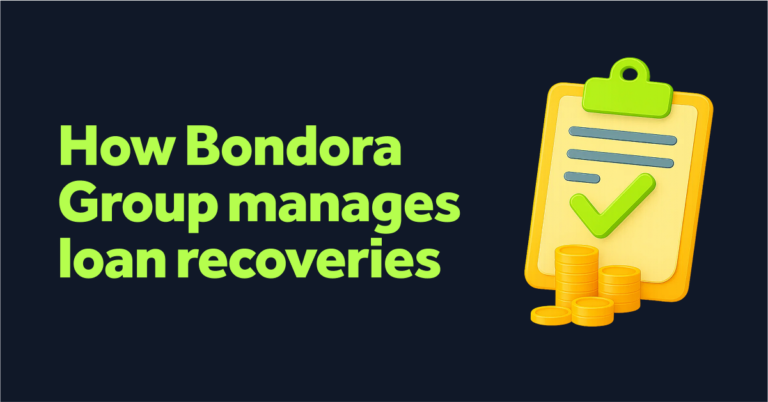Recently, we have released several posts that explore the origination of loans by unique data like home ownership, education, employment duration and more. This month, we’re going to do the same and compare how this has changed in comparison to the previous months.
Average income, loan amount and age
In January, the average net income figure increased across the board with the largest absolute increase seen in Spain. If you compare this data with our recent post on the share of credit grading’s per country, it is evident that income is not the only factor in determining the expected default rate when comparing Estonia and Spain respectively (For example, there is a much higher share of lower risk rated loans in Estonia than in Spain).

Along with the increase in the average net income, the same is visible in the average loan amount. In absolute terms, the highest increase was in Estonia.

The average age of borrowers has changed slightly since December in Spain and Finland, however overall we commonly see the figures fall within the early to late 40’s range.

The average loan duration in January was higher in Estonia, lower in Spain and the same in Finland. For a more representative indicator, take a look below at the most common durations.

Loan and employment duration
Traditionally, Bondora has not focused on issuing short term loans and this is still clearly visible from the most recent data. Only one loan in Spain was issued with a loan term of 3 months, whereas the majority of loans issued had a duration of 36 months or above. More specifically, the most common loan duration across all countries was 36 months, followed by 60 months and 48 months. Offering the option to take a loan with a duration of up to 60 months allows borrowers to have affordable monthly payments that they can budget for, along with their other expenses.

Employment duration remains the same as previous months, with ‘More than 5 years’ being the most common followed by ‘Up to 5 years’ and ‘Up to 1 year’. This suggests that those who are confident in the stability of their employment (and ultimately their monthly income) are most likely to apply for a loan.

Education and home ownership
Similarly to last month, the total most common type of education declared by borrowers is of a High School standard, followed by University, Vocational School and Junior High School. Per country, the figures show a different story; In Estonia the most common is still High School, however in Finland Vocational School is top and University in Spain. Whilst education curriculums and institutions also vary by country, it provides an interesting observation when compared with the other data points.

The most common home ownership status in Estonia and Finland is ‘Owner’, in comparison the most common in Spain is ‘Tenant’. In previous months, ‘Living with parents’ has always been the most common in Spain so it will be interesting to see if this trend continues. Home ownership status can give us an insight in to the cultural differences between different geographies and how this can influence the wider economy. For example, in Finland only 5 borrowers were registered as ‘Living with parents’. In Estonia, just under half of all borrowers are owners of their home.

Verification
The data below shows how many customer’s income and expenses have been verified. Regardless of whether the borrower’s income has been verified, the background checks with population and credit referencing agencies are still conducted. Overall, the total number of customers classed as verified are higher than those classed as unverified.

Which data point is the most important?
The individual risk of issuing a loan to a borrower is calculated using all of the parameters above and many more. The self-reported data which is displayed to investors is typically not very predictive and has relatively little influence on the Bondora rating of a particular loan. Therefore, this information should not be viewed as the only data used in determining the expected default rate of a loan.
Overall, this post can give you a great idea of the basic profile of our borrowers and how this changes with the origination of loans in the coming months. Leave us a comment below and let us know which data points you think are the most influential in credit scoring.


